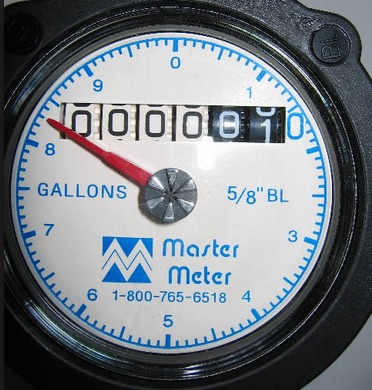STEP 1: Locate your meter box, typically positioned near the front of the property and close to the street. The box is usually marked "water" and housed in a concrete enclosure. To remove the lid, utilize a tool like a large screwdriver. Insert the tool into one of the holes and pry the lid off. Be careful not disconnect the antenna mounted on the lid.
STEP 2: After opening the meter box lid, lift the protective cap on the meter itself. The meter's face contains a large dial and a numeric display. For residential meters, each rotation of the dial represents 10 gallons. Read the numbers from left to right, including the stationary zero. This reading represents your current meter reading. Meters measure water in gallons or cubic feet, and charges are calculated based on the nearest thousand gallons or hundred cubic feet consumed during a billing period. Compare this reading to the one indicated on your bill as your current or present reading.
STEP 3: Keep in mind that the date you check your meter may differ from the billing date, potentially resulting in a variance between the amount you find and the amount stated on your bill. However, if your reading is significantly higher than the one on your bill, it's important to check for any leaks or identify the cause of excessive water usage. Conversely, if your reading is considerably lower than the reading on your bill, please contact us so we can assist you in identifying and resolving the issue.

 Our Meters
Our Meters